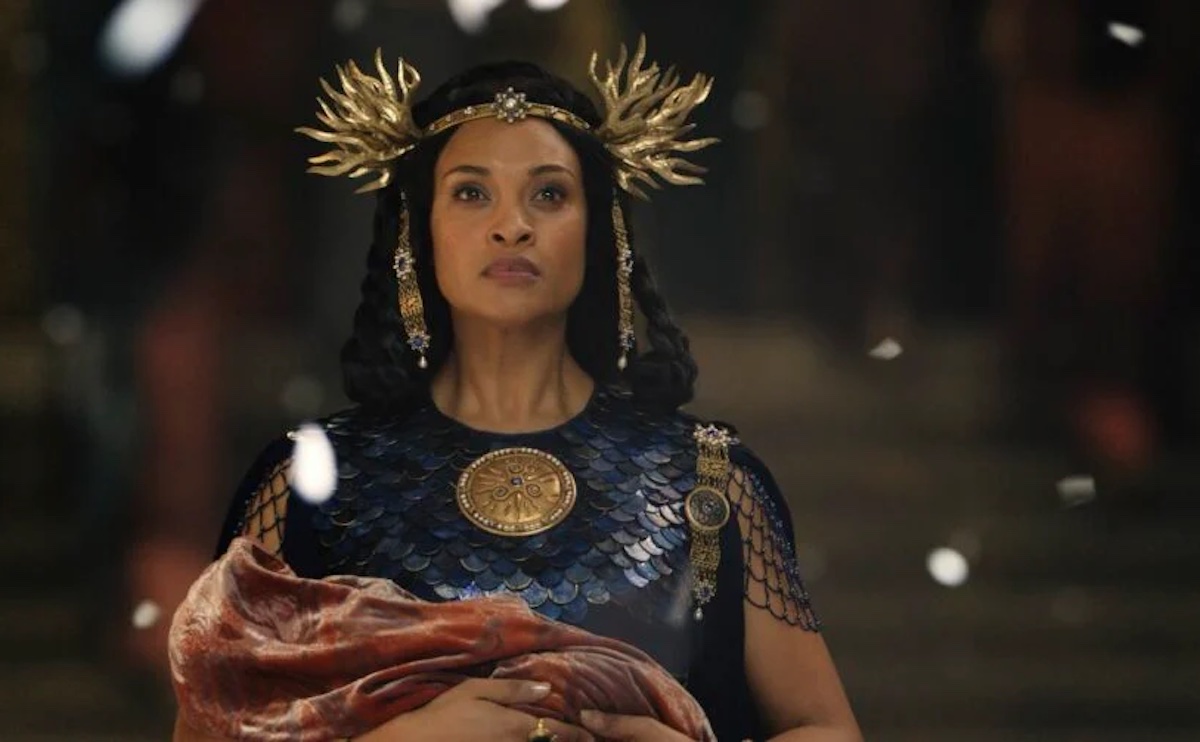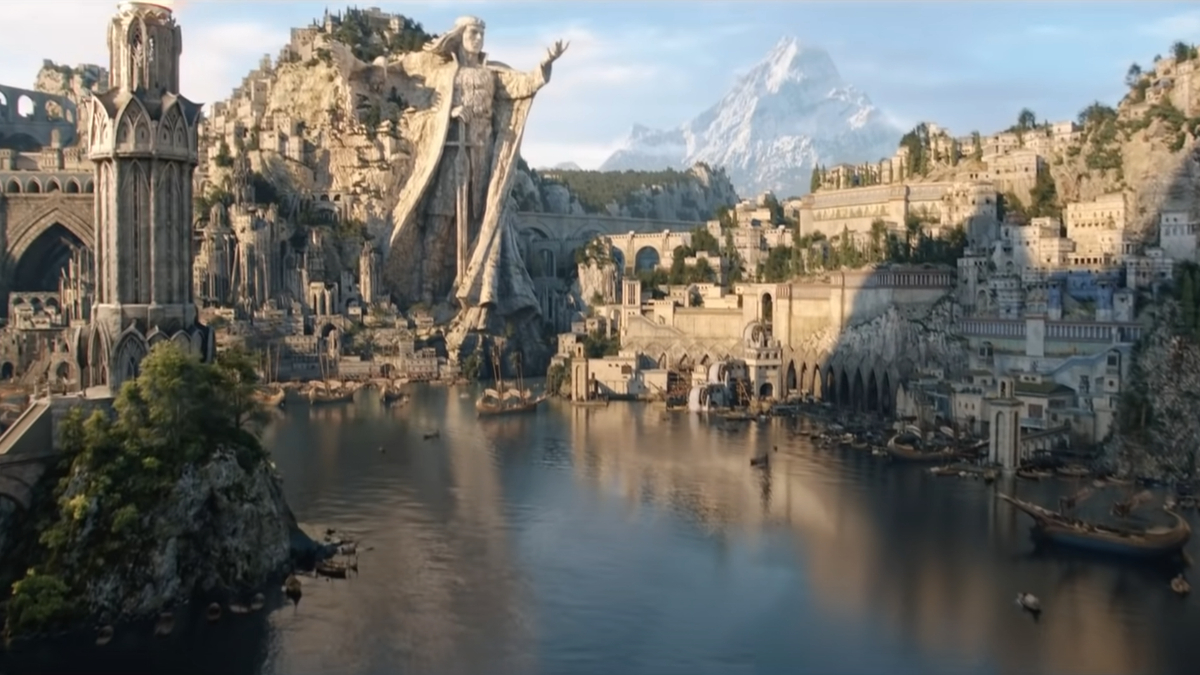Is ‘Lord of the Rings: The Rings of Power’ Based on a Book?

While some people that have nothing better to do but cry about diversity in fantasy are playing MadLibs with the word “woke,” the rest of us are nervously excited about diving back into J.R.R. Tolkien’s world. We have questions about the many new characters and where this story comes from. In an effort to understand where Lord of the Rings (LOTR): Rings of Power is sourced, those who read a few of his novels (me) or none at all want the juicy details to speculate on the direction of this show. Until the first two episodes were released, the only thing we knew is that it’s an extremely expensive show with a few “big names” we recognize from the movies (like Elrond, Galadriel, and Isildur) shown as younger versions of themselves.
Is Lord of the Rings: The Rings of Power based on a book? In the opening scene of Peter Jackson’s Fellowship of the Ring, millions of people were introduced to the highlights of the Second Age to better understand when the Third Age the story (which also includes The Hobbit) was taking place in. This was important to know why this ring was important, how it was so powerful, and why Sauron wanted the ring in the film trilogy. The Hobbit and LOTR (books and movies) take place during the Third Age, but the newest show takes place in an era only really spoken about and not yet fully realized in a straight narrative sense on page or screen.
Tolkien Estate on changes

While the show isn’t based on a book, showrunners J.D. Payne and Patrick McKay (and producer Lindsey Weber) stated that they drew from all the text, and this acts as a bridge between the Second and Third Age. They and the writers drew from all of Tolkien’s books (beyond just The Hobbit and LOTR), timelines, and poems to map out what was canon and worked within those parameters because the Second Age is mostly a point of reference. In addition to The Silmarillion, which was an unfinished collection of Tolkien’s stories about the earliest of “Elder Days” of the universe, they also drew from the extensive LOTR Appendices (split into six parts) that Tolkien added to the end of The Return of the King.
In addition to the team of writers figuring out how to put this all together, the Tolkien Estate had representatives (including Tolkien’s grandson) who had the right to veto things from appearing on the show. One of the major changes was to shorten the Second Age. This will allow human characters (often referred to just as “men”) who could be more important to the story and some big events of the Second Age to happen simultaneously. According to the LOTR Project, humans on average have the second lowest lifespans. There are some exceptions (like the Númenóreans) and moments of prosperity that affect lifespan, but like most fantasy, our short life remains an ever-present link to the reader.
(featured image: Amazon Prime)
—The Mary Sue has a strict comment policy that forbids, but is not limited to, personal insults toward anyone, hate speech, and trolling.—
Have a tip we should know? [email protected]
